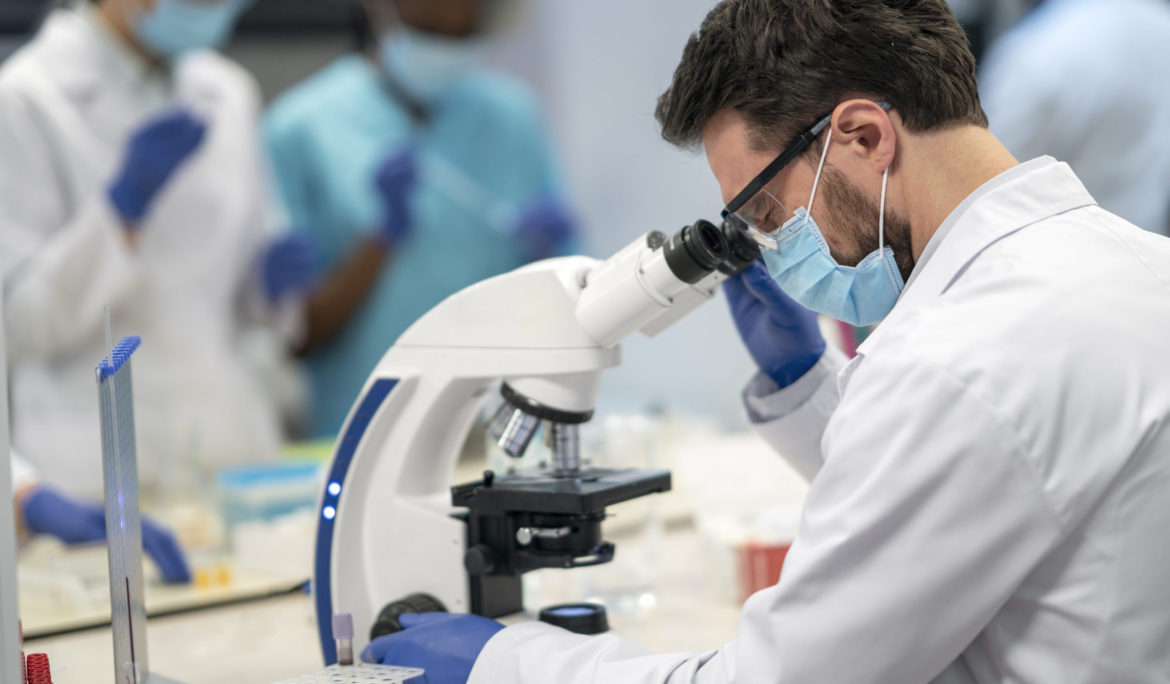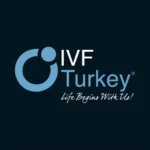A recent study on the success rates of egg freezing


Lord Robert Winston, a renowned fertility expert and professor of fertility studies at Imperial College London, has ignited a heated debate by questioning the widely accepted success rates of egg freezing during his appearance on BBC Radio 4’s “Today” program. The discussion unfolded against the backdrop of the ongoing campaign to extend the ten-year limit on freezing human eggs.
Lord Winston’s remarks stirred controversy as he described egg freezing as “a very unsuccessful technology,” asserting that “the number of eggs that result in a pregnancy after freezing is about 1%.” He later clarified that this percentage referred to live births.
However, the Human Fertilisation and Embryology Authority (HFEA), the regulatory body overseeing fertility treatment in the UK, provides a starkly contrasting viewpoint. The HFEA claims that approximately one in five frozen eggs leads to a successful live birth. The reason for this disparity in figures lies in the differing criteria used to measure success within the fertility treatment process.
The usual sequence for in vitro fertilization (IVF) involving frozen eggs encompasses the following stages:
- Thawing previously stored eggs.
- Fertilizing the eggs that survive the thawing process with sperm.
- Developing the successfully fertilized eggs into embryos.
- Transferring one or two embryos (with a maximum of three for women over 40) into the womb.
Lord Winston’s 1% estimate pertains to the proportion of all thawed frozen eggs used in fertility treatment that culminate in a pregnancy and eventual live birth. In contrast, HFEA data, furnished in response to a question in the House of Lords, indicates a pregnancy rate of 1.8%.
While no live birth data was available for 2016 when Lord Winston made his inquiry, HFEA data from 2015 illustrates that 2% of all thawed eggs resulted in pregnancies, and 0.7% led to live births.
HFEA computes success rates by considering the number of embryos developed from frozen eggs resulting in live births. According to this metric, 19% of IVF treatments involving a patient’s frozen eggs were successful in 2017.
Both of these methods for calculating success rates overlook certain aspects of the fertility treatment process. Dr. Sarah Martins Da Silva, an NHS gynecologist and a lecturer in reproductive medicine at the University of Dundee, underscores that not every egg advances through each stage of treatment, leading to attrition in the number of eggs used.
The HFEA’s data only considers birth rates after an embryo has been successfully transferred, disregarding cases where an IVF cycle fails before embryo implantation. For instance, 2016, out of 1,204 thawed eggs, 590 were fertilized, 179 were transferred to a patient, and 22 resulted in pregnancies.
Success rates can significantly vary among women and are contingent on factors such as the age at which eggs were frozen and the individual’s overall health. Women under 35 at the time of egg freezing tend to have the highest birth rates per treatment cycle, with this rate decreasing as age advances.
The 19% figure also encompasses egg-freezing cycles funded by the NHS for medical reasons, often involving women who are already unwell and may thus face lower odds of pregnancy.
Success rates may further differ between clinics based on the demographics of their patients. For instance, gynecologist Jara Ben-Nagi reported a 27% success rate at the Centre for Reproductive and Genetic Health, a practice she oversees.
Sally Cheshire, Chair of the HFEA, has asserted the need to reconsider the ten-year storage limit for frozen eggs, acknowledging the shifts in scientific understanding and evolving perspectives on fertility among women.
As the debate unfolds, the conflicting success rate figures underscore the intricate nature of fertility treatments and highlight the importance of factoring in individual circumstances and health considerations when assessing the likelihood of successful egg freezing and the subsequent achievement of live births.
Source



